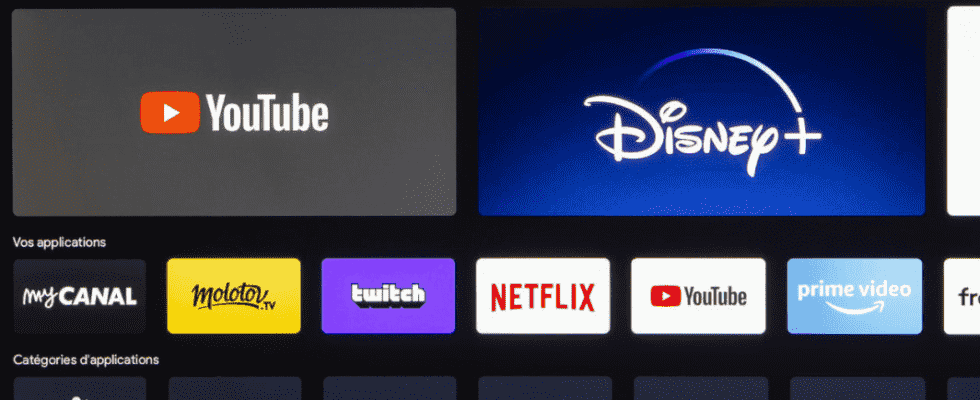The recipe for major SVoD services to garner new subscribers is to offer prestigious content. The problem is that the public thus attracted can leave immediately. This is shown by the research company Antenna, which provided statistics to the wall street journal by extrapolating data from a sample of five million Americans. Amazon Prime Video is excluded from this scope.
Competition intensifies
Half of the spectators came for the filmed musical hamilton on Disney+ or the feature film Wonder Woman 1984 on HBO in 2020, had already left six months later. This was also the case for the film Greyhound on AppleTV+. It must be said that subscriptions are monthly and non-binding, which encourages you to change service.
The competition is therefore fierce. When publishing its latest financial results, Netflix also insisted that it could be affected by increasing competition. Despite this loss, there is still a comfortable number of newcomers who remain. Streaming services are therefore condemned to constantly offer fresh content, in addition to a solid catalog with less recent works. They reportedly spent about twice as much on it last year as they did in 2017, according to Ampere Analysis’ company.
Also see video:
Two subscriptions on average per French household
The phenomenon is less marked for the series on Apple TV + and HBO Max, because these two actors shell the episodes every week. There are also successes that are long term and do not immediately attract crowds. This was the case for Ted Lasso on Apple TV+ and Squid Game on Netflix. Those who sign up outside of event outings are also less inclined to go elsewhere.
American households subscribed to 3.6 video streaming services on average last year, according to research group Kagan. In France, in September 2021, 15.9 million households declared themselves to be subscribers to at least one SVoD service, which represents a total of 52.7% households concerned, according to figures from NPA Conseil / Harris Interactive . Families would have an average of two subscriptions.
Source: The Wall Street Journal
